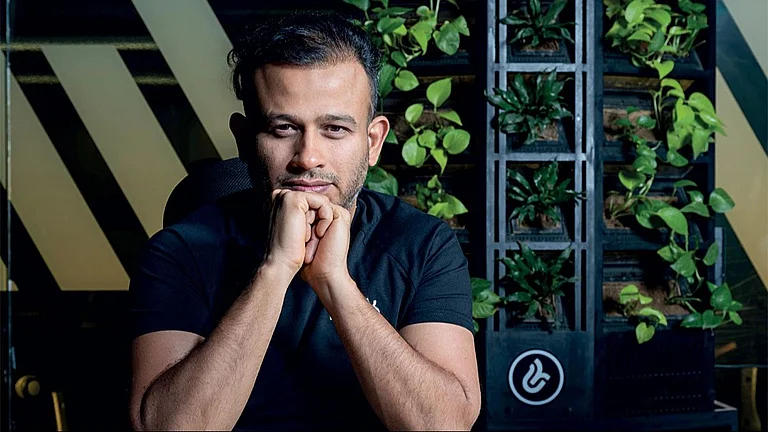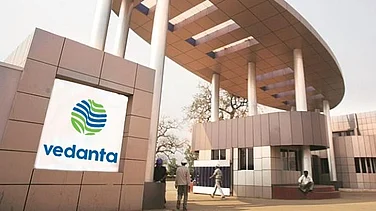The Delhi sky never had stars in its painting. As the onset of winter takes hold in the national capital, Delhi grapples with a multitude of challenges, extending beyond the immediate health concerns posed by air pollution. With Delhi's air quality plummeting to 'severe' levels, the CAQM's (Commission for Air Quality Management) stage III GRAP (Graded Response Action Plan) measures, including the ban on non-essential construction, are intensifying both financial and workplace disruptions, compounding the city's challenges beyond health concerns.
But beneath the surface, there's a hidden financial burden that's quietly affecting Delhities' monthly expenses. The cost of essential items, from masks to air purifiers, is taking a toll on citizen's pockets. But who is counting the pennies?
Cost Of Air Pollution For Citizens
A study in 2021 found that adhering to the recommendations and safety measures provided by the System of Air Quality And Weather Forecasting And Research (SAFAR) in Delhi could lead to potential annual savings of up to Rs 1,096 crore in healthcare expenses. The implications of poor air quality were noted in a study by The Lancet Planetary Health. As per the researchers, Delhi had the highest per capita economic loss in 2019 due to air pollution.
It also has a direct effect on citizens’ wallets. In a city with a population exceeding 32 million and a per capita income averaging around Rs. 2.72 lakh per annum, obtaining an air purifier becomes a financial burden, with costs ranging from Rs. 10,000 to Rs. 15,000. This stark economic contrast underscores the financial obstacles that hinder access to clean air for the most vulnerable residents of Delhi. The financial burden becomes even more challenging for individuals with pre-existing respiratory issues.
Citizens often find themselves burdened with the associated costs, in the face of escalating annual pollution levels. The government resorts to measures, including the closure of educational institutions, regulatory adjustments influencing air quality, and the suspension of infrastructure development.
An RTI reply had revealed that during the fiscal year 2018-2019, six central government ministries located in Delhi, including those responsible for health, foreign affairs, and home affairs, collectively procured a total of 159 air purifiers, incurring an expenditure of Rs 50 lakh. While some may argue that these costs are incurred by the government, it is important to note that any type of cost of government is made through taxpayers' money.
In response to the prolonged 'very poor' air quality in Delhi, the CAQM had activated the third stage of the Graded Response Action Plan on Thursday, November 2. This involves several key measures to mitigate pollution, like imposing a ban on construction activities throughout the National Capital Region (NCR), albeit with exceptions for essential projects like railway services and healthcare-related projects. Disruption time and again due to the poor air quality have a bearing on the day to day life of Delhi citizens during the winter months.































